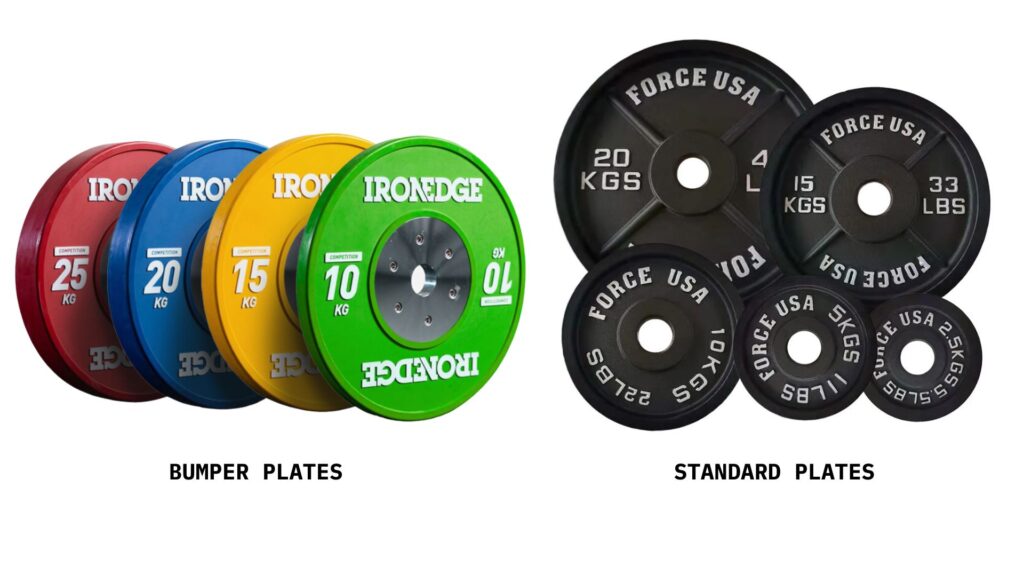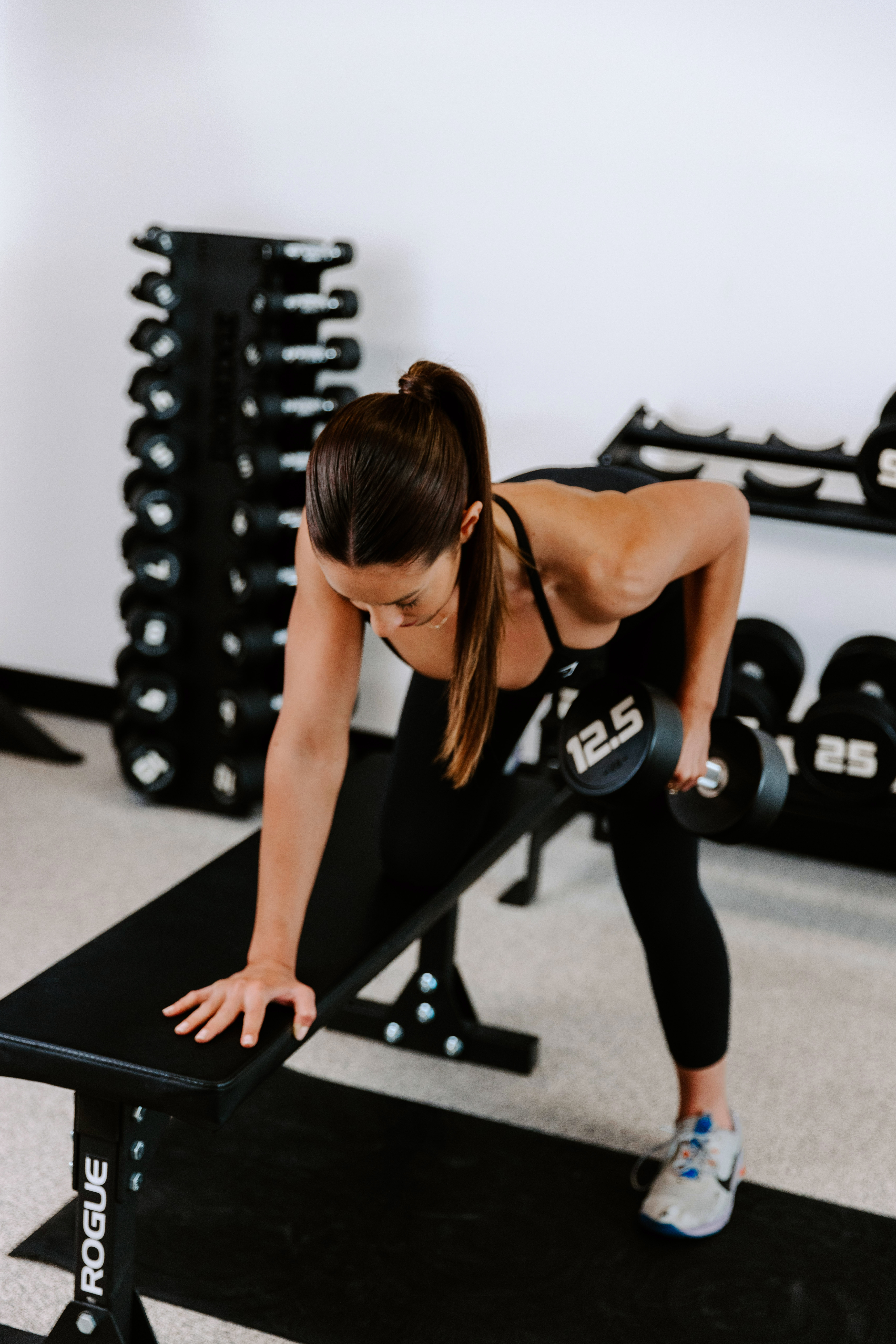Starting at the gym can feel overwhelming. All the equipment, weights, and machines might seem confusing at first, but the good news is—it doesn’t have to stay that way. With a little guidance, you can walk into the gym with confidence and make the most of your workouts.
Here’s a beginner’s guide to some gym essentials, from understanding the layout to mastering key equipment tips.
1. The Typical Layout of a Gym
Most gyms follow a fairly consistent setup:
- Cardio Area: This is where you’ll find treadmills, bikes, rowers, and other cardio machines. It’s often near the front of the gym.
- Strength Machines: These are resistance machines that target specific muscle groups (e.g., leg press, chest press, lat pulldown). They’re a good starting point if you’re new to strength training.
- Free Weights Area: This is where the dumbbells, barbells, squat racks, benches, and plates live. It can be intimidating at first, but this is where you’ll unlock the best strength-building potential.
- Functional Training Area: Some gyms have open spaces with kettlebells, medicine balls, battle ropes, and other tools for dynamic workouts.
Take a quick walk around the gym before your first workout to familiarize yourself with the layout.
2. How Much Do the Barbells Weigh
Understanding the weight of the equipment you’re using is crucial for tracking your progress. Here’s a breakdown of common bars:
- Olympic Barbell: Weighs 20kg (44lbs). This is the standard bar used for most lifts like squats, deadlifts, and bench press. However this can get a bit tricky – some bars will only be 15kg. Usually you can tell the difference by the thickness or length of the bar. Some will be labelled with their weight on the ends.
- EZ Curl Bar: Weighs 7-10kg (15-22lbs). Its wavy shape makes it easier on the wrists for bicep curls and tricep exercises.
- Trap Bar (Hex Bar): Weighs 20-25kg (44-55lbs). Great for deadlifts and shrugs, with handles to reduce strain on the lower back.

3. Bumper Plates vs. Standard Plates
- Bumper Plates: Made of rubber, these plates are designed to be dropped safely (common in Olympic lifting). They’re often the same diameter regardless of weight.
- Standard Plates: Made of metal or rubber-coated, these vary in diameter depending on weight. They’re typically used for traditional strength training.
When to Use Them: Use bumper plates for exercises like deadlifts or cleans where the bar might hit the floor. Standard plates are better for most other exercises like squats or bench presses.

4. How to Adjust the Hooks on a Squat Rack
The squat rack is one of the most versatile tools in the gym, but adjusting it properly is key:
- Set the J-Hooks: Position them just below shoulder height for squats or the height you’d unrack the bar for bench press. Usually, to adjust them you will rotate them, then pull them out of the hole.
- Safety Pins or Straps: These should be set just below the lowest point of your movement (e.g., just below parallel for squats). This ensures you can safely bail out of a lift if needed.
- Check Stability: Always double-check that the hooks and safety pins are secure before lifting.
5. When to Use a Bar Pad (and When Not To)
A bar pad is a foam or rubber cover that wraps around the barbell. While it might seem tempting to use it for all exercises, it’s really only necessary for hip thrusts, where the bar sits directly on your hips.
Avoid using a bar pad for squats—it can interfere with the bar’s position on your upper back and compromise your form.

6. Using Small Weight Plates to Create “In-Between” Weights on Cable Machines
Ever feel stuck when the next weight stack on the cable machine feels too heavy? Here’s a hack:
- Take a small weight plate (e.g., 1.25kg or 2.5kg) and place it through the pin used to select the weight stack. The hole in the weight plate slides over the pin, creating an “in-between” weight that lets you progress gradually.
This trick is especially useful for exercises like lateral raises or tricep pushdowns, where small increments can make a big difference.
Final Tips for Gym Newbies
- Ask for Help: Don’t hesitate to ask gym staff or trainers for guidance—they’re there to help!
- Start Light: Focus on mastering form before adding weight.
- Track Your Progress: Keep a log of the exercises, weights, and reps you complete.
- Stay Consistent: It’s normal to feel unsure at first, but consistency will build confidence over time.
With these tips, you’ll feel like a gym pro in no time. Now, it’s time to take that first step—because the only way to start is to start.

Comments +